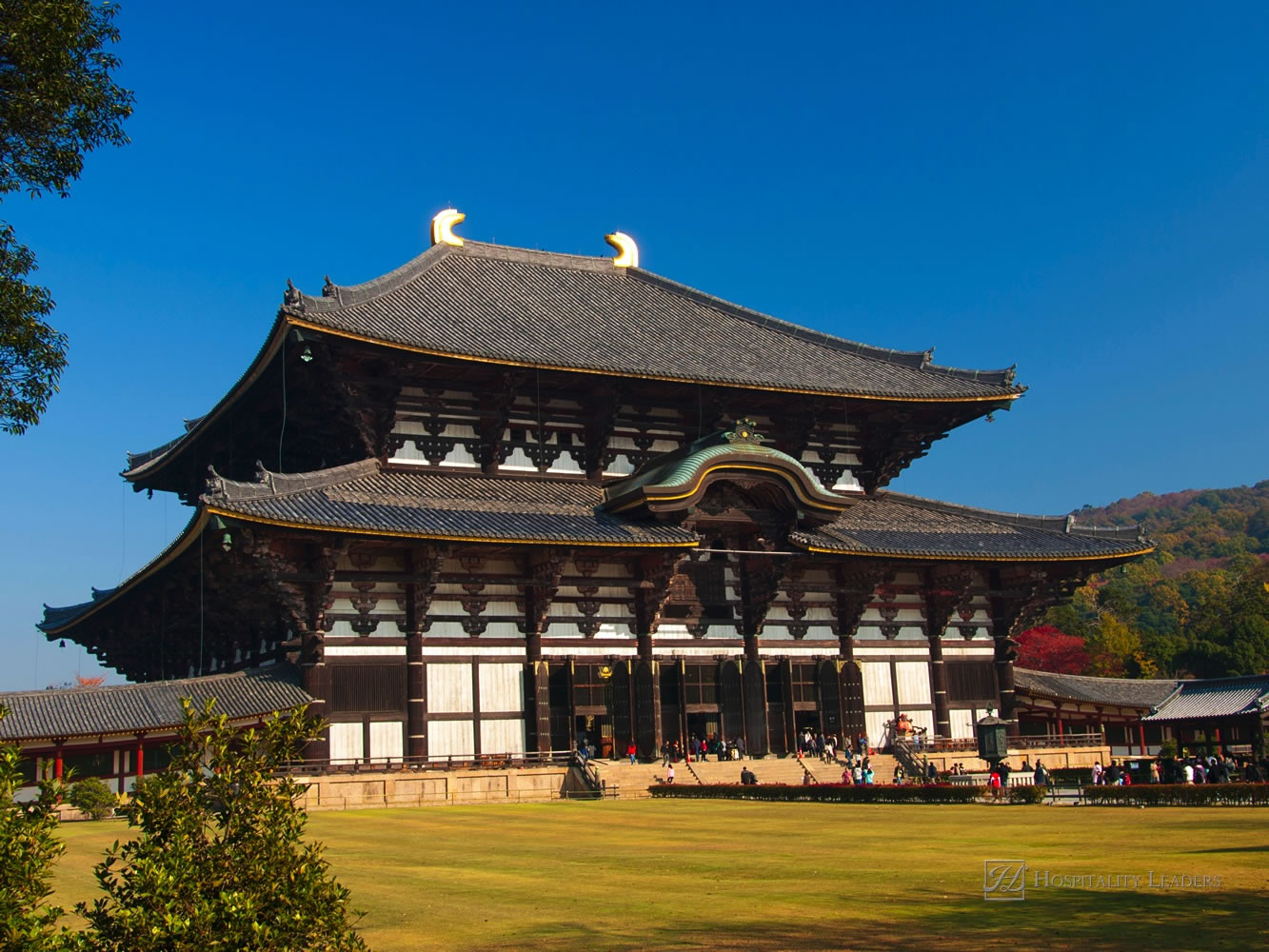
Japan?s tourism sector has, over the past few years, faced numerous challenges. After a decline of 18.7% in 2009 as a result of the global financial crisis, inbound tourism increased at a rate of 26.8% in 2010 but was followed by another sharp downturn in 2011 in the aftermath of an earthquake, subsequent tsunami and nuclear crisis. However, there has been a solid recovery in the past year, with the number of inbound tourists increasing by 34.6% in 2012 to reach 8.4 million. The tourism sector is expected to enjoy steady growth over the forecast period, with inbound tourist arrivals expected to reach 11.0 million by 2017. However, fears of natural disasters and the strong yen could still limit the sector?s expansion.
Key Highlights
– The Tohoku earthquake in March 2011, followed by the subsequent tsunami and Fukushima nuclear power plant meltdown, had a drastic impact on the Japanese travel and tourism sector. The earthquake and tsunami caused severe damage to the transportation network, including road, rail and air transport infrastructure, disrupting services at several locations. According to National Police Agency (NPA) statistics, 3,559 roads and 77 bridges were damaged. Furthermore, 29 railways were either damaged or destroyed. Sendai Airport was significantly damaged by the tsunami which followed the earthquake.
– During the review period, business and leisure travel decreased at CAGRs of -0.75% and -0.70% respectively. However, over the forecast period, business travel is expected to record a CAGR of 1.88%, while leisure travel is anticipated to increase at a CAGR of 1.49%. By the end of the forecast period, leisure travel will account for 63.5% of total Japanese domestic trips, while business travel is expected to account for a 21.6% share. The Ministry of Tourism will continue to promote domestic tourism to encourage tourist volumes.
– The Asia-Pacific region is expected to continue to account for the largest proportion of inbound trips with a 78.3% share in 2017, followed by North America with a 10.6% share and Europe with a 9.5% share. Overall, leisure trips are expected to account for 69.7% of total Japanese inbound trips in 2017, while business travel is expected to account for 18.3% and other personal travel for a 12.0% share.
– In 2012, 75.2% of trips abroad were made for leisure purposes while 17.8% of trips were made for business purposes and 6.92% were for other personal reasons. Leisure travelers comprised a major part of outbound tourism during the review period, and will continue to be the leading contributor with a 74.6% share in 2017.
– The global economic slowdown in 2009 greatly reduced tourist volumes, including inbound, outbound and domestic, resulting in a decline in airline revenue by 4.02% in 2009 compared with 2008. Low cost carriers recovered quickly and recorded a significant increase of 83.4% in revenue in 2010 and a 77.1% increase in the number of seats available in the same year. This could be attributed to the preference of travelers to use budget means of transportation after the economic crisis. Over the forecast period, the total revenue of low cost airlines is expected to increase at a CAGR of 7.73%.
– The number of hotel establishments in Japan decreased at a CAGR of 0.26% during the review period. The highest decline of 1.6% was recorded in 2011. However, the number of hotel establishments is expected to increase marginally over the forecast period. As the country recovered in 2012, a number of high-profile developments were noted, including Ritz Carlton and Hilton Worldwide opening new establishments in Okinawa.
– The majority of business travel car rentals are made at non-airport locations and in 2012, non-airport car rental sales accounted for 60.3% of business-related sales. The contribution of non-airport car rental value is expected to increase to 61.1% in 2017.
– Tourism packages accounted for the largest proportion of total revenue generated by travel intermediaries with a 53.5% share and revenues of JPY3.2 trillion (US$39.9 billion) in 2012. Travel accounted for the second largest proportion with a 32.24% share and revenues of JPY1.9 trillion (US$24.0 billion) in the same year. Over the forecast period, the scenario is expected to remain similar with tourism packages holding the highest share of 53.45% in 2017, followed by travel only with a 32.44% share.
Click here to read more.

